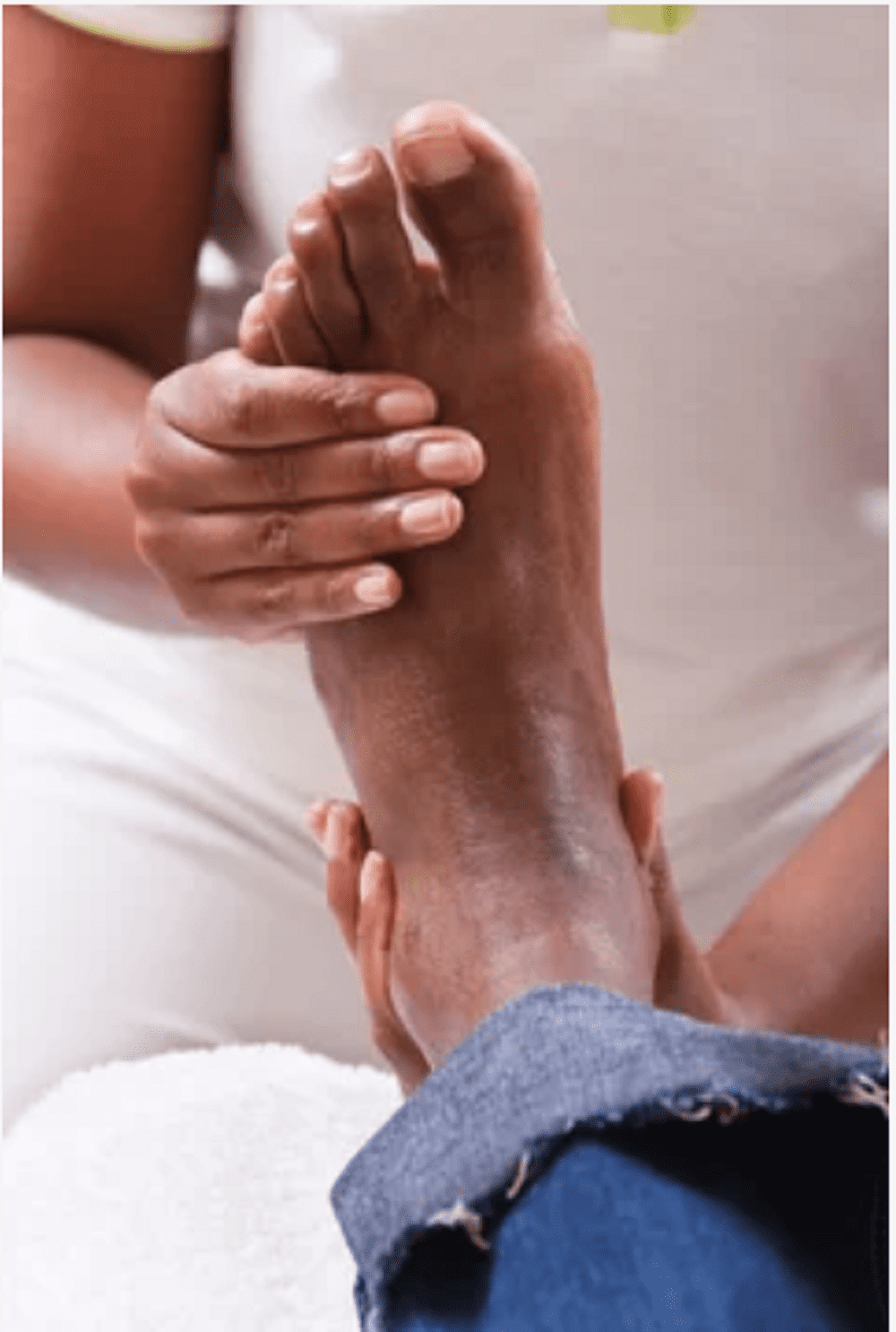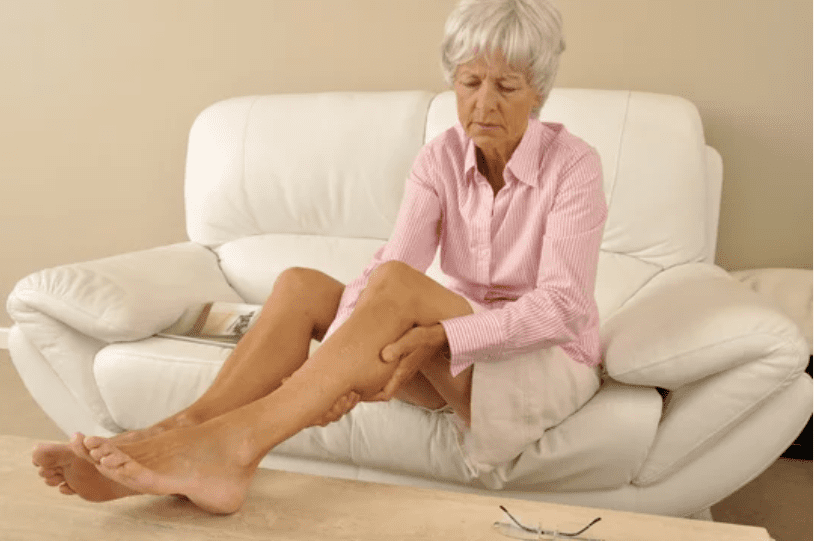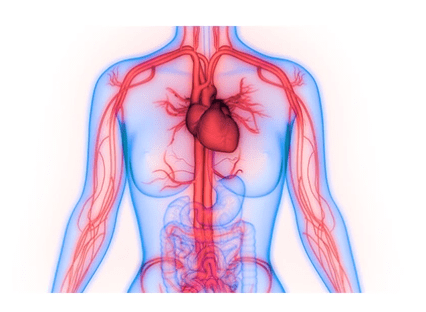
What is the deal with compression stockings? DO they really work?

Are Compression Socks Beneficial in the Treatment of Peripheral Artery Disease?
What is Peripheral Artery Disease (PAD) and how does it affect you?
PAD is a significant medical illness that affects the circulatory system in the limbs, particularly the legs and feet. Plaque accumulation, also known as atherosclerosis, occurs when lipids and cholesterol solidify and bind to the artery walls, causing PAD.
Peripheral artery disease is a chronic condition that can result in symptoms such as claudication or discomfort that occurs with physical exercise. Cramping and weakness in the legs, unhealed wounds, and temperature variations in one leg more than the other are all possible symptoms, especially in the later stages of the disease. If you experience any of these symptoms, contact PeachState Advanced Cardiac & Endovascular for help.
Compression socks, often known as stockings, are socks that compress or squeeze the legs to promote circulation and reduce edema. They are frequently given by doctors for problems affecting the lower legs. Compression stockings come in a variety of styles to meet the demands of the patient.
Compression stockings with graduated compression are firmer at the ankle and ease as they progress up the leg. They are normally purchased with a doctor's prescription and must be fitted to the patient to ensure that they are snug but not excessively restricting.
Anti-embolism stockings also come in a graded fit, which means they're a little tighter around the ankles. These socks also require a doctor's prescription and are often used to avoid embolisms in individuals who are bedridden or have restricted movement. An old person who is unable to walk or a person who is paralyzed, for example, may require the use of a compression stockings to increase circulation.
Non-medical socks are the third form of compression stocking. They don't require a prescription and aren't custom-made for each person. Rather to the progressive fit of the other varieties, they feature a continuous fit throughout the stocking.
For peripheral artery disease, doctors seldom recommend compression stockings. They are frequently prescribed to aid in the improvement of circulation and the reduction of swelling, as seen in edema and other disorders. Compression socks may be prescribed by doctors for people with diabetes, which is a risk factor for PAD. They may also advise diabetics to avoid wearing them and instead wear diabetic socks.
Compression socks are tight on the leg, whereas diabetic socks are loose on the leg to prevent circulation from being cut off in the lower legs and feet.
Although lifestyle and nutrition cannot cure PAD, they can help to reduce symptoms while therapy is sought. If you have PAD risk factors, such as diabetes, you can adopt lifestyle adjustments to help lower your risk. Regular exercise is one of the most effective lifestyle adjustments you can do to reduce your risk of PAD and temporarily relieve symptoms if you have been diagnosed with the illness. It can help to enhance leg circulation, which can help to alleviate numbness and discomfort. Walking is the ideal kind of exercise since it allows you to build endurance by walking a little further each day. You can also engage in other activities that you love, such as biking and swimming.
Resting your legs after an activity might help temporarily relieve discomfort, especially if you have claudication, which is pain that happens when you exercise. Keep an eye on your feet and see if any sores or blisters emerge.
Medical therapies can help relieve PAD symptoms and perhaps slow the progression of the illness. Peripheral artery disease is treated at PeachState Advanced Cardiac & Endovascular, which includes the following procedures:
Angioplasty is a technique in which a vascular expert inserts a small catheter into a damaged artery and inflates a balloon on the tip to compress plaque accumulation.
Stent placement, which is usually done in combination with angioplasty and involves placing a wire mesh stent into the artery to keep it open.
Atherectomy is a technique that involves scraping plaque off the artery walls with a small catheter with a blade on the tip.
We are just a call or click away. To learn more, book an appointment online or over the phone with PeachState Advanced Cardiac & Endovascular. We have several locations in Georgia: Newnan, Atlanta, & Griffin.
You Might Also Enjoy...


Should I be worried about my numb feet?

Can leg cramps be a sign of something serious?

Meet Dr. Odiete - PACE Cardiovascular Specilaist

Keeping your Vascular System Healthy


